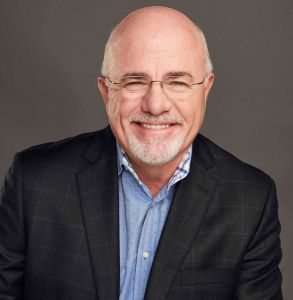The Times Editorial: Surging suicides a local concern
Published 5:15 pm Wednesday, February 1, 2017

- Newspaper
A report from Cullman County Coroner Jeremy Kilpatrick brings forward an alarming statistic for the community to consider: suicides, particularly among young men, are on the rise.
The numbers, which don’t tell all the stories, show 15 suicides in Cullman County in 2016, of which 13 were males. In the month of January this year, six people have committed suicide, all males, between the ages of 17 and 36, according to Kilpatrick’s records.
Trending
Males, statistically speaking on the national level, are four times more likely to commit suicide than females.
Locally, the deaths have occurred by hangings, self-inflicted gunshot wounds, and one likely by drug overdose. The deaths may not be deeply investigated once homicide is ruled out, but as neighbors and a community, we should stop and consider what is afoot in our area.
Depression is often the culprit in suicides, whether it comes from prolonged drug abuse, or eroding personal and economic situations. Effective mental health care could play a role in reducing or eliminating suicide and preserving these young lives to be meaningful contributors to our community.
One point is certain: Alabama needs a stronger presence in providing drug abuse intervention and effective mental health services. The drug arrests in Cullman County and all areas of the state keep law enforcement officers busy and the county detention centers and state prisons full. The revolving door of petty drug peddlers to the jailhouse door keeps spinning.
While drug abuse is certainly not the only cause of depression and suicide, the impact only weights the problem.
Where do drug abusers turn when they realize it is time to get help? Who is qualified to help them? Are mental health services readily available and affordable for anyone, no matter the circumstances, who suffers from depression?
Trending
It’s easy to urge state and federal lawmakers to increase spending for mental health, along with substance abuse recovery, but the priorities of government seem to rest elsewhere.
We suggest that investing more tax dollars and fees into mental health and drug recovery programs would go a long way toward reducing the prison population, and likely slowing the rate of suicides and creating a stronger workforce across the state.
There is no way all suicides can be stopped or that factors such as drug abuse can be completely eliminated. But we feel confident better funding for the mental health field would be a positive step in saving lives and making more people productive.




